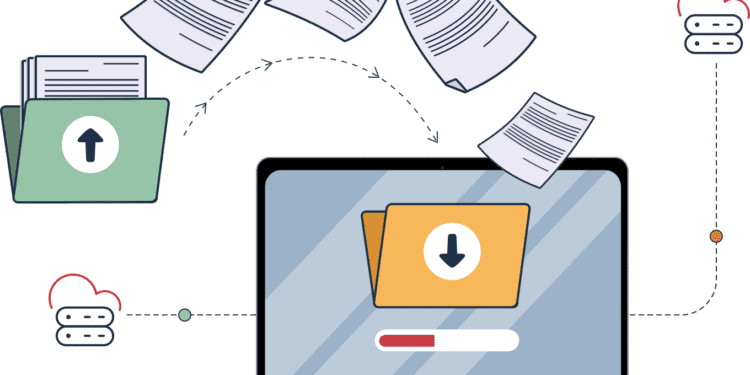For years, businesses of all kinds have handled crucial day-to-day functions using endless paper documents.
Paper was the norm for tasks like contracts and invoices, but this has come with drawbacks. A recent study found that US organizations waste $8 billion annually managing paper documents.
The issue with paper documents is they can be lost, duplicated, or misplaced, leading to inefficiencies in finding and acting on important information.
Fortunately, the digital revolution may bring an end to this era. The digital transformation market is worth $880 billion and is projected to reach $3.4 trillion by 2026.
The shift to digital workflows not only makes paper obsolete but also benefits the environment, offering efficiency gains and cost savings.
1. Less Time waiting for Signatures
E-signatures are a major driver for businesses to go paperless. With e-signatures, documents like contracts can be handled digitally, speeding up processes and saving time.
E-signatures are secure and legally binding, ideal for industries like real estate and finance. This simplifies the approval process and eliminates concerns about lost physical copies. Digital copies can be accessed quickly and securely.
2. A Newfound Need for a “Single Source of Truth”
Transitioning to a paperless system requires organizing digital files for accessibility. A document management system (DMS) is essential for storing, organizing, and accessing digital documents across multiple devices.
Think of DMS as a secure online hard drive for all your files. It eliminates the need to physically transport documents between locations, acting as the central information hub for your business.
DMS enhances search functionality, improves security, and restricts document access to authorized personnel only.
3. Reduced Environmental Impact
Going paperless not only streamlines workflows but also reduces environmental impact by eliminating paper waste and saving office space dedicated to storing physical documents.
Digital documents eliminate the energy and resources required for producing and transporting paper files. Tracking and auditing digital documents is also easier, reducing the risk of loss or misplacement.
4. Process Training Becomes a Priority
Transitioning to a paperless office requires effort and investment in training and technology to ensure successful adoption. Technology should support existing workflows instead of changing them.
Proper onboarding, access management, and clear security roles are essential for a seamless paperless transition.
While the transition to a paperless office requires initial effort, the long-term benefits outweigh the short-term investment.
Digital Transformation Brings Significant Value
Going paperless offers more than just efficiency—it empowers employees, improves communication, and supports better collaboration, making digital transformation a top priority for many organizations.
Access to critical information becomes easier, enhancing workflow efficiency. Digital transformation isn’t just about saving time; it’s about enabling employees to excel at their work, benefitting both the business and its workforce.
As digital trends evolve rapidly, businesses must leverage every advantage to stay competitive. Digital transformation is a mutually beneficial investment for businesses and employees alike.


